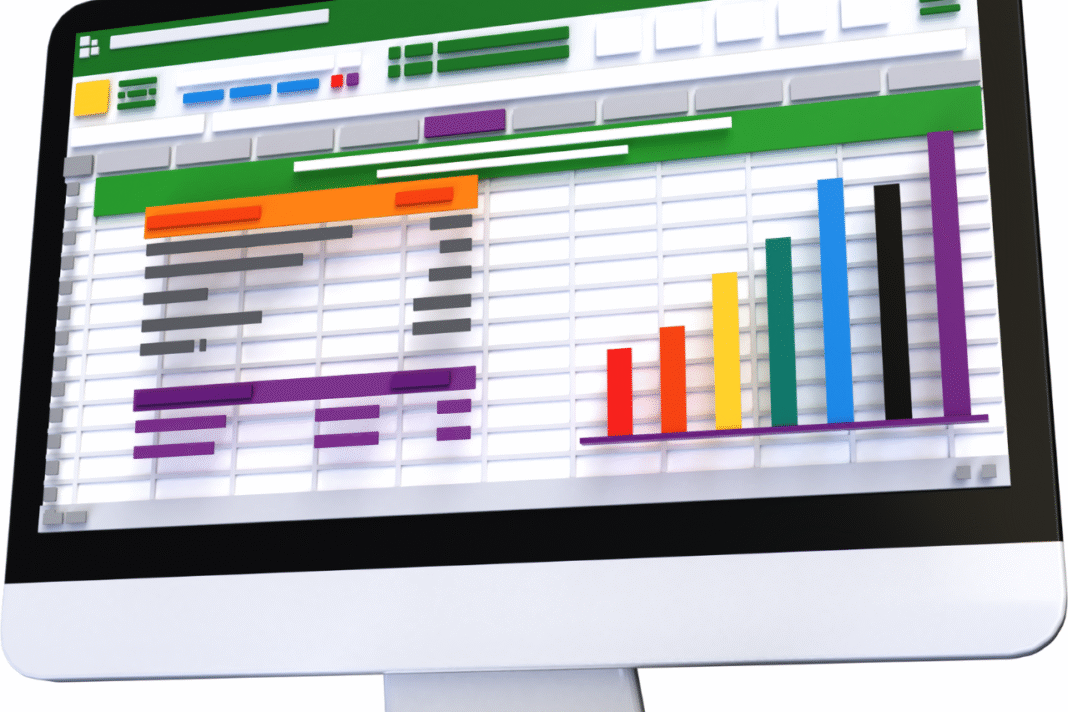Every product you use your smartphone, your favorite app, the lamp on your desk started out as nothing more than an idea in someone’s mind. The real challenge isn’t having ideas it’s turning those ideas into something real.
Thomas Edison famously said, “Genius is one percent inspiration and ninety-nine percent perspiration.” That’s especially true when it comes to inventing. Having the idea is just the beginning; bringing it to life and into the hands of customers is where the hard work lies.
⚠️ Disclaimer: This article is for informational purposes only and does not constitute legal advice. Always consult a licensed patent attorney if you’re looking to file a patent or protect your invention.
1. Believe in Your Vision
Turning an idea into a successful product requires grit, self-confidence, and unwavering dedication. If you’re easily discouraged by criticism or rejection, start building resilience now. Most successful inventors will tell you that obsession and persistence are what helped them stay the course.
2. Identify a Real Problem Worth Solving
Ideas are everywhere but the ones that matter most are those that solve real problems. Ask yourself:
- What problems do I face daily?
- What frustrates people around me?
- Is there a better way to do something that already exists?
For example, a hobbyist jeweler might notice that affordable workbenches are hard to come by. That insight alone could spark a profitable product idea, especially if it’s rooted in experience and niche knowledge.
Tip: The best invention ideas come from communities or industries you’re already part of. You’ll understand their needs, habits, and preferences better than an outsider.
3. Conduct Market Research Before Spending Money
Before investing in design or prototyping, validate your idea. Market research helps you confirm if there’s a demand and prevents costly mistakes. According to Patricia Nolan-Brown, author of Idea to Invention, there are six reasons to research the market:
a. Check if the product already exists
Search online and in stores. Look at product names, features, pricing, and packaging. Know your competition inside out.
b. Avoid legal risks
Search for patents that may be similar to your idea. Use the USPTO website or consult a patent attorney to make sure you’re not infringing on existing rights.
c. Gauge demand
Ask your target audience not friends or family if they’d buy your product. Get honest feedback before going all-in.
d. Determine pricing
Research similar products to set a realistic price point. Factor in cost of production, materials, and your desired margin.
e. Identify potential licensees
Find companies that already sell similar products. They could be future licensing partners.
f. Prepare a “sell sheet”
A one-page product overview (with visuals and benefits) will be your pitch tool when approaching retailers, manufacturers, or investors.
4. Validate Your Idea
Validation is the process of confirming that people want what you’re planning to create. This step might include:
- Pre-launch surveys
- Small test campaigns
- Crowdfunding previews
- Focus groups
Pro tip: Don’t be discouraged if the first version doesn’t click. Many successful products were improved through multiple rounds of feedback.
5. Develop a Prototype and Test It
Once your idea is validated, the next step is prototyping. This is where your concept becomes tangible. You’ll need:
- A functional model to test usability
- Budget to create it (consider 3D printing or DIY options first)
- Feedback loop to iterate and improve
Keep your early version simple. Your prototype doesn’t have to be perfect it just needs to show how the product works and what problem it solves.
6. Protect Your Idea Legally
If your invention is new and hasn’t been patented or sold, it’s time to consider protection:
a. Sign an NDA
Use a Non-Disclosure Agreement when sharing your idea with potential partners, freelancers, or manufacturers before it’s legally protected.
b. File a Trademark
Want to protect your product name or brand? File for a trademark to safeguard your brand identity. You can do this through the USPTO yourself or hire a trademark attorney.
c. Consider a Provisional Patent Application (PPA)
A PPA gives you “patent pending” status and secures your filing date. You’ll have 12 months to file a full (nonprovisional) patent.
d. File a Full Patent (Nonprovisional Patent)
For complete protection, file for a utility or design patent with the help of a licensed patent attorney. This process can be expensive, but it offers strong legal rights for up to 20 years.
7. Manufacture or License Your Invention
Once you’ve protected your idea, it’s time to decide: Will you manufacture the product yourself or license it to a company?
Option 1: License Your Invention
Licensing means you let another company produce, market, and sell your product, while you earn royalties usually between 2%–10% of net profits.
✅ Ideal for: Inventors who want minimal risk, less involvement, and steady income.
Option 2: Manufacture and Sell It Yourself
This path offers more control and potentially higher profits, but it comes with higher costs and responsibilities like production, logistics, and marketing.
✅ Ideal for: Entrepreneurial inventors with capital, time, and the drive to build a business.
Either way, you’ll need a compelling “sell sheet,” a business pitch, and clear value proposition to gain traction in the market.
Every Great Product Starts With a Bold Idea
You don’t need to be a genius or have millions of dollars to invent something valuable. What you do need is determination, curiosity, and a willingness to test, learn, and iterate.
From idea to prototype to market, the journey can be long but it’s worth every step. So if you have an idea, start today. Do your research. Build. Protect. And bring your vision to life.




